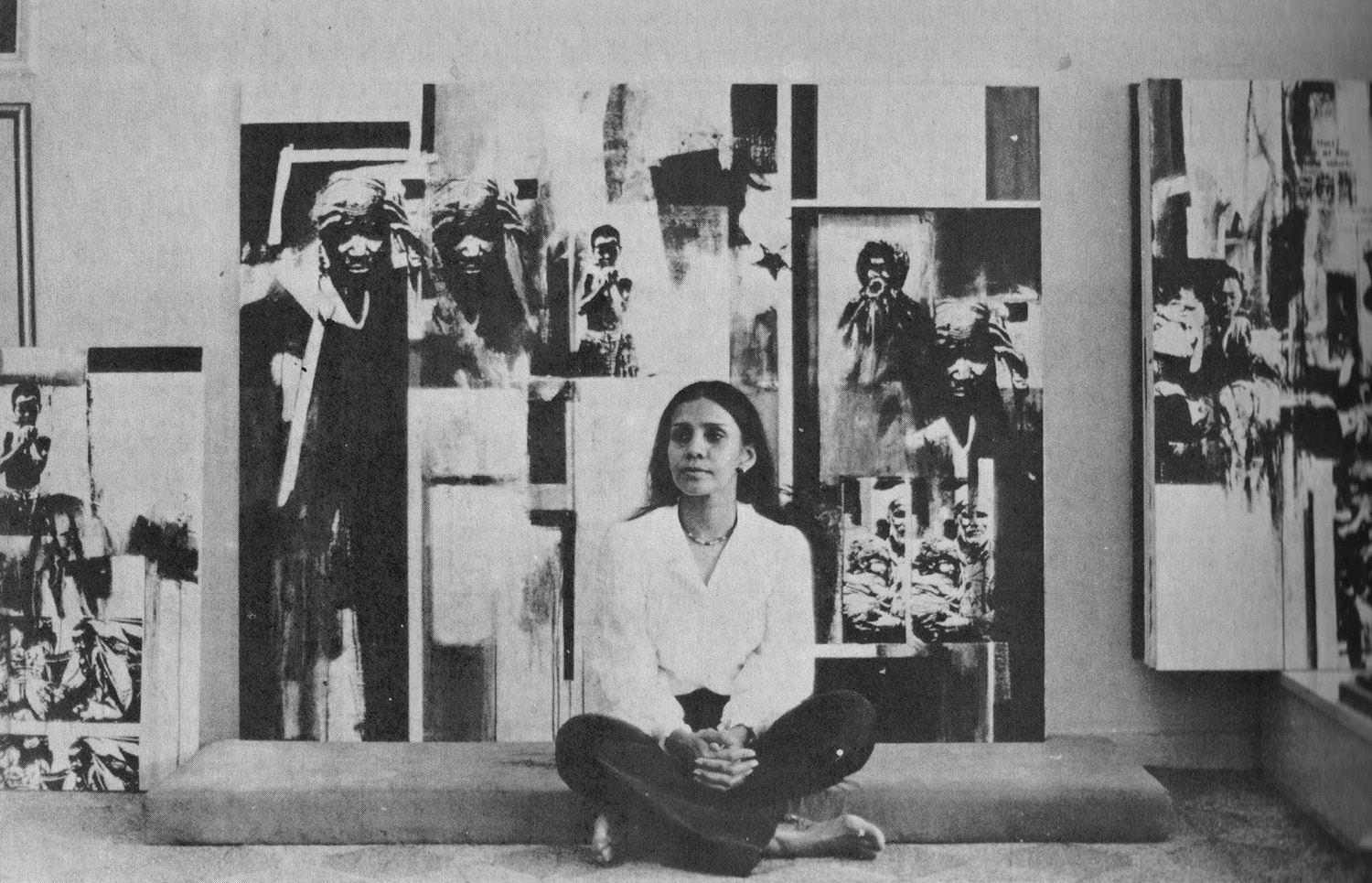News
Obituary: Nirmala Dutt Shanmughalingam (1941–2016)


One of Malaysia’s pioneering artists, Nirmala Dutt Shanmughalingam (1941–2016), passed away early Monday morning, December 5, at the age of 75. Standing apart from pure aesthetics of the time, Shanmughalingam often worked in a post-modernist style, engaging with documentary photography, found text, public art and social issues. As opposed to a photomontage, her early mixed-media work, such as Anak Asia IV – Children of Asia (1983), utilized photography as truth, seeking to trigger the viewers’ conscience to political and societal atrocities occurring worldwide.
Responding to Shanmughalingam's death, Malaysian artist Yee I-Lann's commented via Twitter: “Nirmala Dutt is one of Malaysia’s finest contemporary artists, more brutal than her male peers, opinionated, confident, brave and fearless. She’s an art and a woman hero and if you don’t know her art, you don’t know Malaysian contemporary art.”
Born in Penang, she began her tutelage under Hoessein Enas, one of Malaysia’s most recognized, early painters, before continuing her studies in America. Shanmughalingam undertook classes in drawing, painting and art history at the Corcoran School of Art in Washington DC and in Massachusetts at both the Boston College of Art and Harvard Universities Fogg Museum. After some years in England studying at Oxford Polytechnic (Oxford Brooks University), she returned to Malaysia, where she was notably considered to be the first artist to exhibit an installation piece at the National Gallery.
Returning to England in 1992, she studied printmaking at Goldsmiths and undertook a Masters of Philosophy at University College London, forming a body of research titled “Art Against War and the Creative Process.” Ever engaging with difficult topics, from the poor-living conditions and child-abuse occurring in Malaysia, to the Vietnam War, the bombing of Libya and the rampant deforestation of the environment, her last body of work looked at the impact of the 2004 Tsunami which devastated Southeast Asia killing almost a quarter of a million people.
Her work has been exhibited internationally, at the National Gallery of Thailand, the Fukuoka Art Museum in Japan, the Barbican Centre London, the Singapore Art Museum as well as in “Breaking the Veils: Women Artists of the Islamic World” a touring exhibition organized jointly by UNESCO and the Royal Society of Fine Arts in Jordan. Most recently, a number of her prints and paintings from the 1980s and 1990s were exhibited at Fergana Art Space last year.







